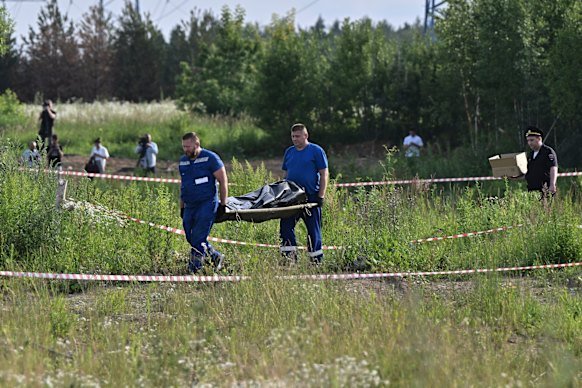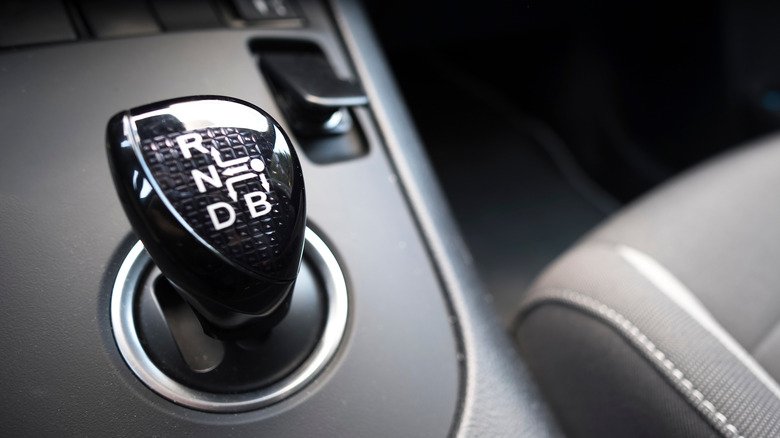The TWZ Newsletter
Weekly insights and analysis on the latest developments in military technology, strategy, and foreign policy.
News has emerged out of South Korea that the country’s plans for a follow-on buy of 36 AH-64E Apache Guardian attack helicopters have been aborted. These aircraft would have joined 36 AH-64s already procured for Republic of Korea (ROK) service.
The Korea Times reports that the $2.2B deal was cancelled after the funding was nearly zeroed out in a supplemental budget that was approved last Friday. The outlet also noted the 66% increase in cost of the aircraft compared to the first order around a decade ago. Talk that South Korea could cancel its follow-on Apache order had been present for some time now.
Yu Yong-weon, a member of South Korea’s National Assembly belonging to the People Power Party, told The Korea Times that the vulnerability of helicopters to proliferated air defenses and loitering munitions/drones that have been showcased to the world in Ukraine spurred the decision. Yu stated: “Drones and smart systems are redefining modern battlefields… Rather than clinging to expensive legacy platforms, we must invest in capabilities that reflect the future of warfare.”

As TWZ has noted for years now, well before Russia’s all-out invasion of Ukraine, the attack helicopter’s utility has to be questioned. This doesn’t mean it’s irrelevant, it means the rationale behind how many resources are poured into this class of aircraft has to be reevaluated based on the glaring realities of today’s battlespace, let alone what we can predict for that of tomorrow.
Survivability is certainly at the top of the list here. How can a low and slow-flying helicopter operate close enough to its objective to be useful in a traditional direct attack sense without being put at extreme risk? New tactics and combined arms concepts can certainly go a long way here, but pop-up threats — such as man-portable air defense systems (MANPADS), road-mobile SAMs and anti-aircraft artillery — that are very hard to predict and thus harder to plan for, remain a glaring issue.
Footage of a Russian Mi-24/35 attack helicopter getting shot down this morning by Ukrainian forces near Kyiv using MANPADS (man-portable air-defense systems). #Ukraine️ pic.twitter.com/Lb2nXbzVYh
— 𝐂𝐨𝐦𝐛𝐚𝐭𝐏𝐢𝐱 (@combatpix1) March 5, 2022
Then there is the advent of cheap loitering munitions that can take down helicopters as targets of opportunity or be launched and chase them down on demand. These weapons pose a growing and highly dynamic threat, too.
The proliferation of look-down radar capabilities and advanced long-range air defense systems also pose huge threats to attack helicopters. This is especially so as sensor fidelity and advanced networking capabilities continue to expand, along with a range of counter-air missile technology. The exploitation of the radar horizon and terrain masking will be less effective at providing some protection from these threats with each passing year.
New longer-range weapons, including missiles and air-launched effects (ALEs), the latter of which can act to attack, decoy, and jam air defenses, offer another survivability cushion, but only against some threats. Enhanced situational awareness and electronic warfare systems can also help. Suffice it to say that the growing risks to attack helicopters put their future in a murkier place.

Then there is the range issue. Attack helicopters have notoriously short range, especially when laden for combat. In a modern era of anti-access capabilities, how attack helicopters would even get within launch range of their target area, let alone survive once they are there, at least in many combat scenarios, is also a huge question mark. Speed also buys some degree of survivability, which traditional helicopters don’t have. These factors are especially magnified in the Pacific, which, in part, drove the U.S. Army to further develop and procure the tiltrotor V-280 Valor over the compound helicopter Sikorsky-Boeing SB-1 Defiant. You can read all about that here.
When it comes to the Korean Peninsula, the range problem is far less pronounced, but the survivability one is arguably more so. If North Korea continues to acquire technological help from Russia to enhance its already rapidly expanding drone portfolio and its air defenses, this will only become more pronounced. So, it’s not too surprising that the billions of dollars that were supposed to be spent on additional Apaches will be realigned to other programs, specifically drones and new capabilities. Among them will surely be one-way attack munitions, something South Korea is already an adopter of, that soon will be able to operate without a man-in-the-loop, with basic AI capabilities used to allow them to choose their own targets. You can read all about this looming revolution in warfare here. For a fight across the DMZ, there really isn’t a more relevant weapon at this time, minus maybe artillery.
In addition, South Korea has its own, albeit less capable attack-capable helicopters, including its Marine Attack Helicopter (MAH) and its Light Attack Helicopter (LAH), which could augment the existing AH-64 force.

A final note here is that often times pundits and the media will portray something as totally irrelevant or relevant. This binary, ‘black and white’ positioning makes for a good headline, but it usually isn’t anywhere near representative of the nuanced reality we live in. The AH-64 and other attack helicopters still have their uses and are an important component of combined arms strategy today, but that does not mean expanding their fleet size or even maintaining the current fleet size is logical. A reduced force balanced against new capabilities can be a prudent solution and this can be realized over time as the existing force needs deep upgrades and overhaul. On the other hand, if the force is too small it won’t be operationally relevant and it will be very costly to maintain for its size. So a balance is needed here, as well.
And it’s also worth highlighting that demand for the Apache remains solid, with continued interest abroad.
Regardless, it’s possible, if not outright probable, that we will see similar changes to the U.S. Army’s rotary wing inventory in the years to come. The service has roughly 825 Apaches in operation today. As the force adapts (at this time, far too slowly) to a new era of warfare, that number could change dramatically.
We will be exploring this topic more in-depth in the future.
Contact the author: Tyler@twz.com








